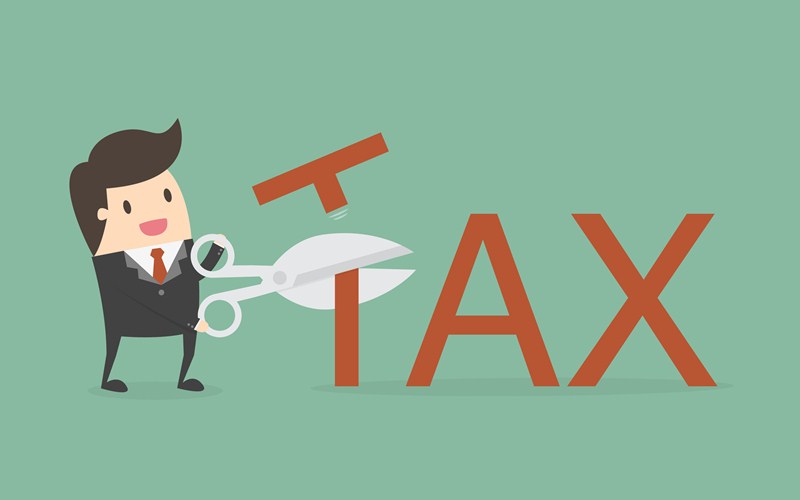In general, there is no Capital Gains Tax (CGT) due on the disposal of a property which has been used as the main family residence. This relief from CGT is commonly known as 'private residence relief'. However, where all or part of the home has been rented out the entitlement to relief may be affected. Homeowners that let all or part of their house may not benefit from the full private residence relief, but may benefit from letting relief.
Homeowners that lived in their home at the same time as tenants, may qualify for letting relief on gains they make when they sell the property. Letting relief does not cover any proportion of the chargeable gain made while the home is empty.
The maximum amount of letting relief due is the lower of:
- The amount of private residence relief due
- £40,000
- The amount of gain you've made on the let part of the property
Worked example:
- You used 40% of your house as your home and let out the other 60%.
- You sell the property, making a gain of £60,000.
- You're entitled to private residence relief of £24,000 on the part used as your home (40% of the £60,000 gain).
- The remaining gain on the part of your home that's been let is £36,000.
The maximum letting relief due is £24,000 as this is the lower of:
- £24,000 (the private residence relief due)
- £40,000
- £36,000 (the gain on the part of the property that's been let)
The letting exemption is only available when the conditions outlined above apply, most importantly that the property owner(s) were / are in shared occupancy with a tenant. The letting relief was more generous prior to 6 April 2020, when the requirement for the property owner to live in the property at the same time as their tenants did not apply.





